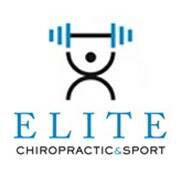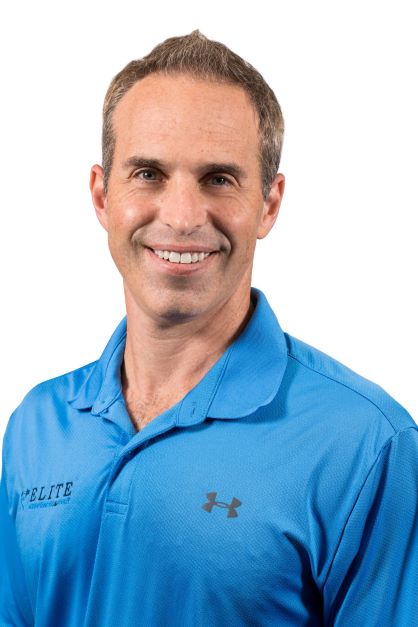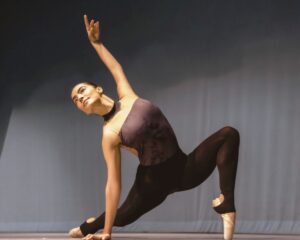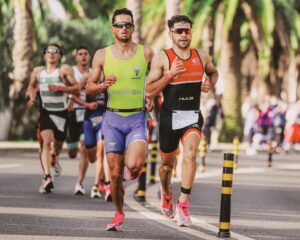By Dr. Stephen Knoyer, DC, CCSP
The majority of the population seems to have a misconception of running. This article is designed to share a few different ideas regarding running and to clarify some common questions we get in the office. Let’s start with the benefits of running.
Most people start running because it is a great way to stay in shape, it requires no membership to a gym and relatively low cost. The health benefits of running are reducing blood pressure, decreasing the risk of diabetes, depression and Alzheimer’s disease. Just running 10 miles a week increases lifespan by 6 years. Running does not cause long term damage to joints or cause degenerative changes within the joints.
Overuse injuries are common within this population, runners are more likely than the general population to experience sprains, strains or stress fractures. Roughly 12 million runners in the united states have an annual injury rate of 50% and 70% of the injured runners will become re-injured within 12 months.
This is a very common question that has researchers looking for answers. Does the ideal running form exist? There is no ideal running form for everyone to follow. Yes, there are principles for long distance vs sprinting to improve and make people faster. That is different, Cornell researchers found that running and walking are the extremes of speed making everything else a variation called pendular or hybrid running. Any attempt to modify a runner’s self-selected stride length almost always results in a metabolically less efficient gait. An exercise physiologist stated runners are able to evaluate all factors associated with “perceived exertion to arrive at a stride length which minimizes energy cost.”
What does the above statements mean? Contrary to what many experts tell you, there is no one perfect way to run. Your body type, previous injuries, height, weight and gender all play a role in how the body will self select the best movement pattern for the person. This is for the recreational runners who are doing this for the healthy lifestyle, not elite runners that are being critiqued heavily for high level competition. Assessing flexibility, strength, weakness, instability and the mobility of ankles does play a role with injury prevention or performance.
Heel strike vs midfoot strike? The forces do not change in anyway, only how they are distributed throughout the body changes. Heel strikers transmit the forces mostly to the knees where midfoot strikers send the forces to the arch of the foot and calves. Clinically this is how I narrow down the injuries of runners by asking how they run.
The last fact for this article is minimalist shoes do not dampen the forces in anyway and often cause plantar or heel injuries. A false sense of security of having padding by wearing shoes often causes runners to not modify or build up to using these types of shoes. Switching to softer ground or building up mileage slowly in these shoes are necessary to reduce the risk of stress fractures.
The last thing I want to make sure is clear when starting to become a runner is safety. It is great to push yourself but don’t want to overdue it. Having first aid training is always helpful if you are in a place with nobody around. Also, if you find yourself in an encounter with another runner that is having problems, knowing something as simple as CPR can save someone’s life. Find a place near you that offers CPR Training or other first aid survival training, and you will be that much more comfortable as you take that next step towards creating a more healthy version of you.
About the Author
Dr. Bross is the owner of Elite Chiropractic and Sport. He serves as a Certified Chiropractic Sports Practitioner (CCSP) and Certified Strength and Conditioning Specialist. His unique approach to individualized patient care is based on the evaluation and treatment of the “whole” person.
Dr. Bross is a leader in the promotion of health and wellness. He has accumulated an extensive knowledge of the musculoskeletal and nutritional components of the human body. He is skilled in the Graston Technique, Active Release Technique, and Sports Medicine.






